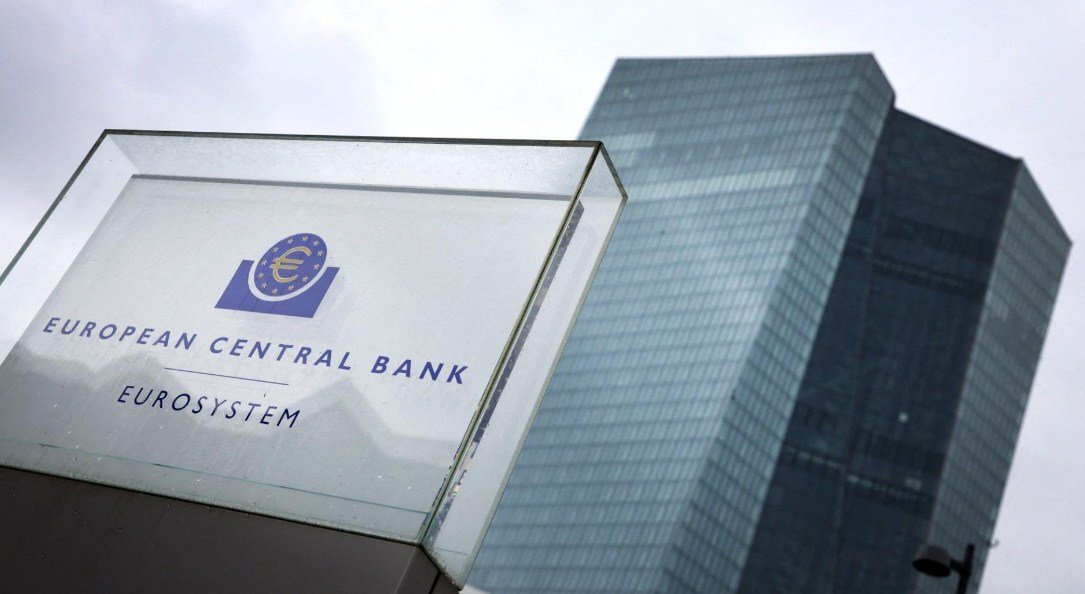The central banks of the 10 most traded currencies in the world did not raise their interest rates in October, marking the first time since January 2022 that they all kept their policy rates unchanged. Meanwhile, emerging markets continued to show diverging rate paths, with some easing monetary policy and others tightening it.
Global bond yields surge as inflation fears mount
One of the main reasons for the pause in rate hikes by the G10 central banks was the sharp rise in global bond yields, which reflected the growing concerns about inflation and the potential tapering of asset purchases by major central banks. Higher bond yields imply higher borrowing costs for governments, businesses and consumers, which can dampen economic growth and inflation.
According to Reuters data, the 10-year U.S. Treasury yield rose by about 40 basis points in October, reaching its highest level since June 2021. The 10-year German Bund yield also increased by about 30 basis points, turning positive for the first time since July 2020. The 10-year Japanese government bond yield climbed by about 10 basis points, reaching its highest level since February 2020.
The surge in bond yields may have reduced the urgency for some central banks to tighten monetary policy further, as higher yields can have a similar effect as higher policy rates. For example, the U.S. Federal Reserve, which has raised its benchmark rate four times this year, may be close to the end of its hiking cycle, according to Fabiana Fedeli, chief investment officer at M&G Investments.
“The higher yields may be doing some of the tightening work for the Fed, the Bank of England and the European Central Bank, and a pause from central bankers to monitor the impact of previous hikes on the economy is increasingly likely,” Fedeli said.
Emerging markets face diverse challenges and opportunities
While the G10 central banks hit a rate plateau in October, emerging markets showed more varied responses to their domestic and external conditions. Out of the 18 central banks in the Reuters sample, 12 held meetings in October, with six cutting rates, four raising rates and two keeping rates steady.
Latin America and central and eastern Europe were at the forefront of the easing cycle, with Chile, Hungary and Poland extending their rate cutting cycles to lower benchmarks by a cumulative 150 basis points. These countries have seen their inflation pressures ease as their currencies appreciated against the U.S. dollar and their economic activity recovered from the pandemic shock.
“Cuts are returning swiftly because the hiking cycle was arguably too fast and too furious for some,” said credit strategist Barnaby Martin at BofA Securities, adding that emerging markets had last seen rate cuts akin to the current ones during the summer of 2020 when policy makers battled the fallout from the COVID-19 rout.
On the other hand, Asian central banks were still in their tightening cycle, with both Indonesia and the Philippines raising rates by 25 basis points each. These countries have faced rising inflation and current account deficits as they imported more goods and services to support their economic recovery. Higher interest rates can help attract foreign capital inflows and stabilize their exchange rates.
And Russia and Turkey – both battling pressures on their currencies due to idiosyncratic stories rather than the global backdrop – lifted benchmarks by 200 basis points and 500 basis points respectively. Russia has faced U.S. sanctions and geopolitical tensions over Ukraine, while Turkey has suffered from political interference in monetary policy and a lack of foreign reserves.
Outlook for November: More divergence or convergence?
The outlook for November is uncertain, as different factors may influence the decisions of central banks around the world. Some of these factors include:
- The progress of COVID-19 vaccination and containment measures
- The pace and scale of fiscal stimulus and infrastructure spending
- The supply chain disruptions and energy shortages that affect inflation and growth
- The market expectations and reactions to the tapering plans of major central banks
- The geopolitical risks and uncertainties that affect trade and financial flows
Depending on how these factors evolve, some central banks may resume or accelerate their rate hikes, while others may pause or reverse them. The divergence or convergence of monetary policies may have significant implications for currency movements, bond yields and asset prices.

